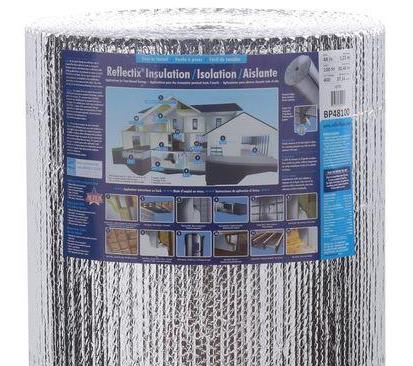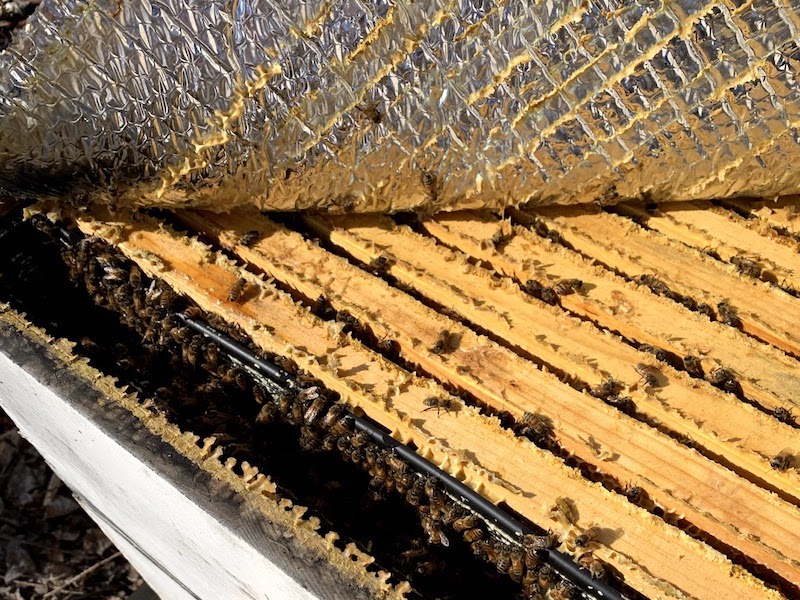The temperature at the heart of the bee cluster is essential.
A temperature of 95°F in the brood nest is required. This temperature must remain constant for the good development of the bee larvae. Maintaining the temperature requires a lot of energy from the bees and accelerates the aging of the bees. This is why regions like Northern California is very favorable for bees because the temperature is often close to 90°F!
Bees have therefore invented air conditioning in their hive to keep a constant temperature :
- Bees can produce heat by using the muscles that make their wings move but keeping them immobile. This muscular tension without movement produces heat that warms the part of the hive reserved for the brood. During the winter, the bees cluster together in the middle of the hive to reduce the amount of space they occupy. The bees in the middle produce heat by using their muscles.
- When the temperature of the brood nest exceeds 95 °F, the development of the larvae is in danger. Thermoregulation is achieved by the evaporation of water in the hive and by ventilation. The bees provide ventilation in the hive in order to circulate air from the inside to the outside. This ventilation has a double objective: to cool the air inside the hive and to evacuate the humidity in the environment due to the evaporation of water from the honey in summer.
Head warm, feet cold
The beekeeper can help the bees maintain the right temperature in several ways:
- The beekeeper must adapt the volume of the hive according to the temperature. In winter the volume should be reduced by staying on 1 body of 10 frames or 2 bodies of 8 frames. When the temperature rises and the bees need more space for brood and to store honey, the beekeeper has to raise the temperature again.
- When the beekeeper opens the hive and raises frames of brood, he breaks the cluster and cools the brood. After a visit, the bees take 24 hours to re-form the cluster and restore the temperature to 95°F. So do not lift the brood frames if this is not necessary.
It is possible to isolate the hive:
- In cold regions, like Canada, hives are surrounded by an insulating shield
- In temperate or warm regions, the beekeeper can during the winter and spring add an insulating and reflective frame cover. The bees love it and block themselves against the reflective sides! Easy to do, cut rolls of reflective insulation the same size as your hive.


